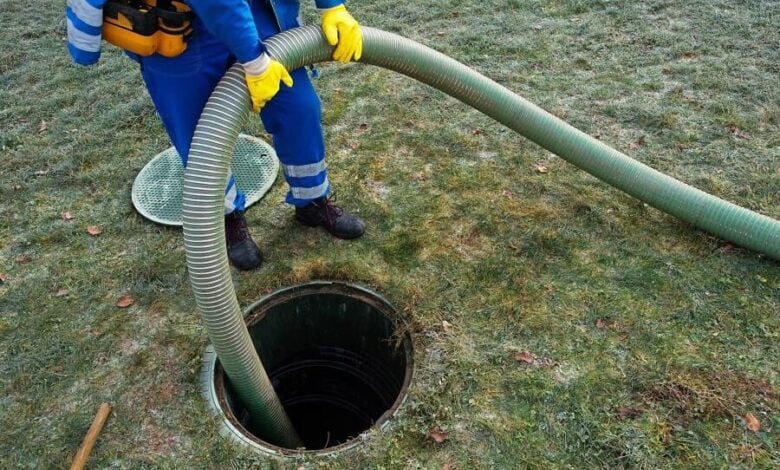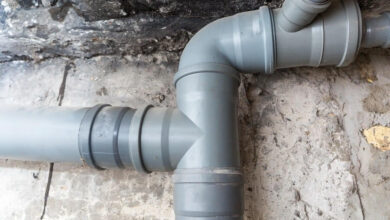Understanding the Causes of Septic Tank Overflow and How to Address Them

Septic tank overflow can be a major problem for homeowners and can lead to costly repairs and potential health hazards. Understanding the causes of septic tank overflow is essential to prevent it from happening in the first place.
In this guide, we will discuss some common causes of septic tank overflow and provide tips on how to address them.
Lack of Regular Maintenance
One of the main causes of septic tank overflow is a lack of regular maintenance. Septic tanks should be pumped every 3-5 years, depending on the household size and usage.
Failure to do so can result in a build-up of solid waste and scum layers. This leads to clogged pipes and ultimately overflowing.
To prevent this, find a septic tank pumping expert and schedule regular pumping appointments to ensure your tank is always in good condition.
Excessive Water Usage
Excessive water usage can also contribute to septic tank overflow. When too much water enters the tank, it can overwhelm the system and cause an overflow.
To avoid this, be mindful of your household’s water usage. Fix any leaks or drips in faucets, toilets, and appliances. Use water-efficient fixtures and spread out laundry and shower schedules to lessen the load on your septic system.
Improper Waste Disposal
Another common cause of septic tank overflow is improper waste disposal. Cleaning drains and preventing adequate drainage can be accomplished by flushing non-biodegradable materials such as cooking fat, feminine hygiene products, and wipes.
To prevent this, ensure proper waste disposal. Only flush human waste and toilet paper down the toilet. Dispose of other items in the trash or compost bin.
Damage to the Septic System
Physical damage to the septic system can also result in an overflow. This can be caused by heavy machinery driving over the tank or roots from nearby trees growing into pipes.
To prevent this, make sure to know the location of your septic tank and avoid driving or building over it. Regularly trim trees and shrubs near the system to prevent root intrusion.
Tree Roots Intrusion
As mentioned, tree roots can invade and damage septic pipes. This can cause blockages and prevent proper drainage, leading to overflow. To address this issue, consider installing root barriers or planting trees and shrubs at least 10 feet away from the septic system.
High Water Table or Flooding
In some cases, septic tank overflow can be caused by external factors such as a high water table or flooding. When the groundwater level is too high, it can put pressure on the septic system and cause it to fail.
To prevent this, make sure your septic tank is installed at least 1 foot above the water table. If you live in an area prone to flooding, consider installing a septic tank alarm system to alert you when the water level is too high.
Prevent Septic Tank Overflow
Septic tank overflow can be caused by a variety of factors, and it is essential to address them promptly to prevent costly repairs and potential health hazards. By scheduling regular septic maintenance, being mindful of water usage and waste disposal, and taking precautions against physical damage and external factors, you can help prevent septic tank overflow and maintain a healthy septic system for years to come.
Is this article helpful? Keep reading our blog for more.



